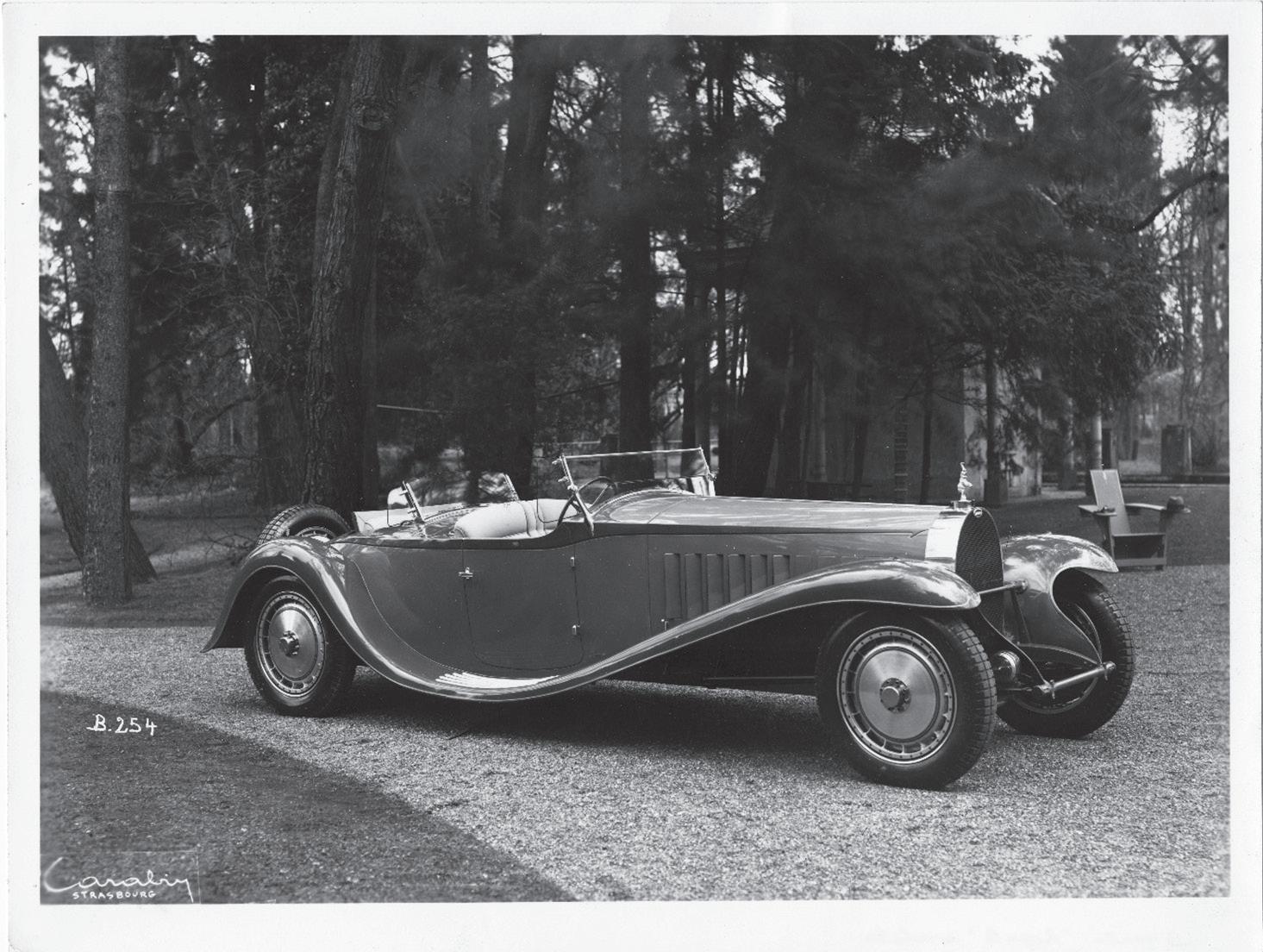RESIDE SPRING 2021
THE SOOTHING LURE OF A ZEN SCULPTURE GARDEN
reating a soothing spot to reflect, relax, and put aside the world is all C the more attractive these days— and a
Zen sculpture garden is just that space. In the traditional sense, Zen Buddhism is the study of humanity and nature’s place in the world, says Janice Parker of Janice Parker Landscape Architects based in Greenwich, Conn. “Within a Zen garden, there are classically eight main elements: bridges, islands, plant material, sand, stones, trees, water, and waterfalls,” she says. “Zen gardens, to me, should show a serene place where we can still our minds.” To create a calming enclave of your own, however, you needn’t follow strict Buddhist principles. Even a small space with a statuary or a water feature, a spot that simply allows you to breathe, can bring on Zen vibes. “A well-thought-out sculpture garden should give a feeling of tranquility and calm,” says Andrew Kay, of Andrew Kay Sculpture in Cumbria, England. “It should immediately be able to draw you in and allow you to escape mentally— even if you just get glimpses of it from a window in your home.” And feel free to do what you prefer. “Honor what truly brings you to that peaceful place,” says Heather Trilling of Trilling Landscape Design & Build in Los Angeles. “Is it a wild, overgrown space with aged, bronze sculptures? Or a meticulously pruned garden with polished metal pieces? Own your type of Zen and then go from there,” she says. By adding sculptures to your outdoor space, you’re including both an architectural element that adds height, depth, and visual variety and a very personal piece of art, Trilling says. PLACEMENT IS PARAMOUNT
SERENITY NOW 26
First and foremost, a Zen garden should be placed where you can create a boundary or a wall around the perimeter, Parker says. This can be done with wooden or bamboo fencing, a planted hedge, or as a masonry wall. “If you want a subtle mix of green

























